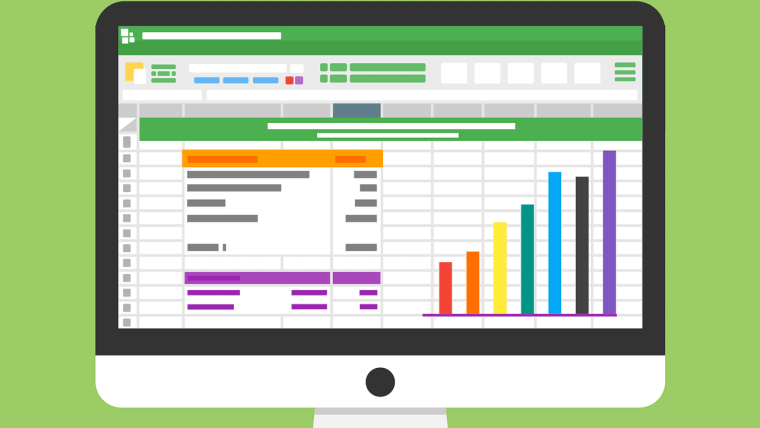
Veranstaltungseckdaten
- Beginn
- Ende
- Ort
-
Ernst-Abbe-Platz 2, Linux Pool 1 (Room 3413)
07743 Jena
Google Maps – LageplanExterner Link - Es referiert
- Dr. Frank Löffler
- Dr. Volker Schwartze
- Organisiert von
-
zedif: Competence Center Digital Research
- Veranstaltungssprache
- Englisch
- Veranstaltungswebseite
- Mehr erfahrenExterner Linken
- Barrierefreier Zugang
- nein
- Öffentlich
- nein
- Anmeldung erforderlich
- ja
Matplotlib is a comprehensive library for visualizing data and producing high-quality plots, which quickly became the standard for two-dimensional visualizations in the Python world.
Its flexible programming interface makes easy plots easy but also allows to create very complex figures. Matplotlib is therefore an excellent tool for the everyday work of scientists, for which getting into Python is worthwhile alone.
In this workshop, you will learn how to use Matplotlib for your scientific visualizations. We will look at the various types of plots Matplotlib can generate, how to style and annotate them, and how to export them in various formats. While doing so, we will explain the fundamental anatomy of a Matplotlib figure and give some advice on how to design plots well.
At the end of this workshop you will not only be able to visualize your data, you will also have a tool at hand that lets you do this in a scriptable and, thus, repeatable fashion. The data changes — you can just rerun your script; no need for opening a plotting application, clicking, and manually adjusting and saving plots.